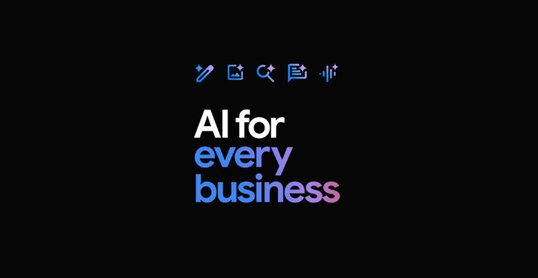Last week Rinat Abdullin kicked of a public TIMETOACT GROUP Austria powered DDD learning course on GitHub.
Datum
12.11.2020
content.autor.writtenBy
This is a set of Domain-Driven Design (DDD) exercises. They take place in the universe of the Transport Tycoon. It is a game "in which the player acts as an entrepreneur in control of a transport company, and can compete against rival companies to make as much profit as possible by transporting passengers and various goods by road, rail, sea and air."
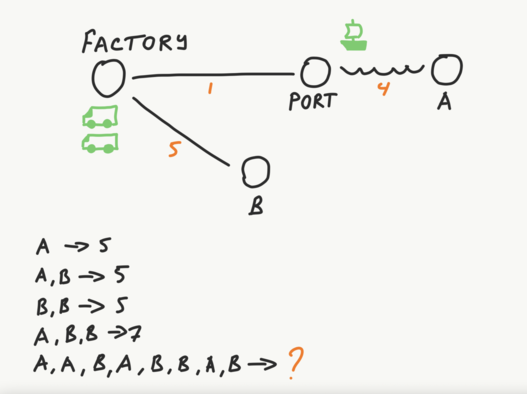
There are of course no constraints in which language a solution should be implemented. This could be a great chance to compare how different languages/paradigms are solving the same problem.
Interested in DDD? Want to get better? See new and interesting ways to solve problems with DDD?
You’re welcome to participate on GitHub.

How we discover and organise domains in an existing product

Running Hybrid Workshops

Building a micro frontend consuming a design system | Part 3
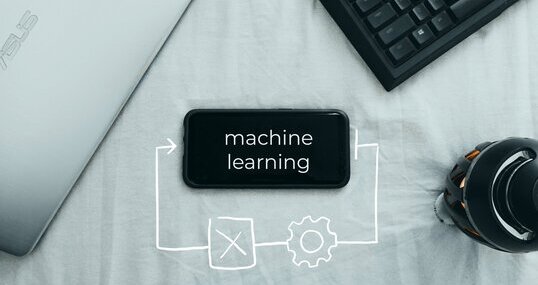
Creating a Cross-Domain Capable ML Pipeline

5 Inconvenient Questions when hiring an AI company

Part 1: TIMETOACT Logistics Hackathon - Behind the Scenes

Let's build an Enterprise AI Assistant

Creating a Social Media Posts Generator Website with ChatGPT

Composite UI with Design System and Micro Frontends

Innovation Incubator at TIMETOACT GROUP Austria

Introduction to Partial Function Application in F#

So You are Building an AI Assistant?

CSS :has() & Responsive Design

Part 1: Data Analysis with ChatGPT

Introduction to Functional Programming in F#

Innovation Incubator Round 1

Building A Shell Application for Micro Frontends | Part 4
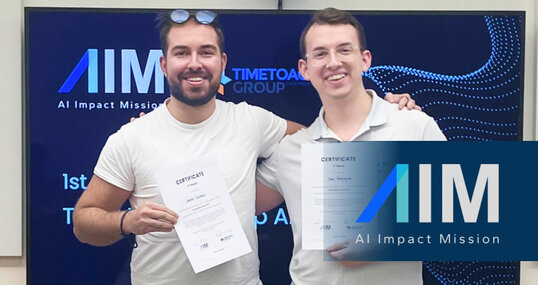
SAM Wins First Prize at AIM Hackathon

Strategic Impact of Large Language Models

Database Analysis Report

ADRs as a Tool to Build Empowered Teams

Building and Publishing Design Systems | Part 2

Part 2: Data Analysis with powerful Python
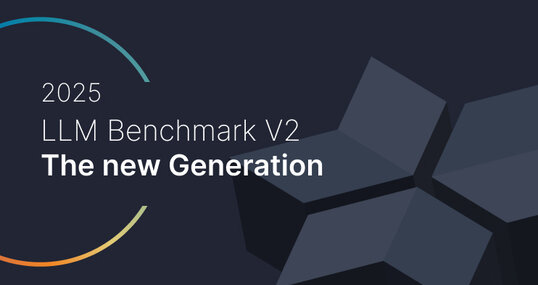
ChatGPT & Co: LLM Benchmarks for January

5 lessons from running a (remote) design systems book club

ChatGPT & Co: LLM Benchmarks for December
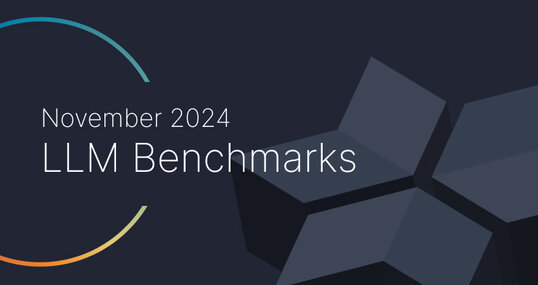
ChatGPT & Co: LLM Benchmarks for November

License Plate Detection for Precise Car Distance Estimation

ChatGPT & Co: LLM Benchmarks for September
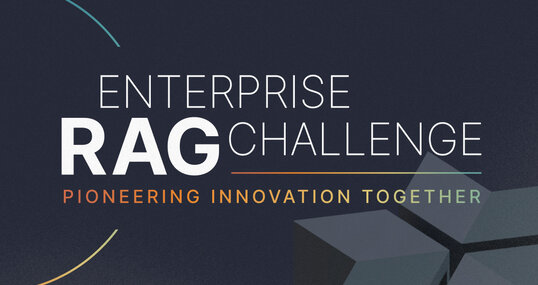
AI Contest - Enterprise RAG Challenge

Introduction to Web Programming in F# with Giraffe – Part 2

Common Mistakes in the Development of AI Assistants
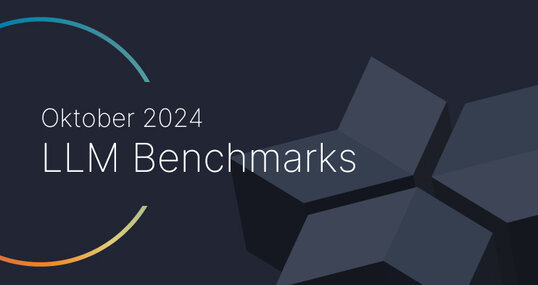
ChatGPT & Co: LLM Benchmarks for October

IBM Watson Knowledge Studio

Google Drive

8 tips for developing AI assistants

Make Your Value Stream Visible Through Structured Logging

Introduction to Functional Programming in F# – Part 8

Introduction to Functional Programming in F# – Part 9

Why Was Our Project Successful: Coincidence or Blueprint?

The Power of Event Sourcing

Tracing IO in .NET Core

Consistency and Aggregates in Event Sourcing

My Workflows During the Quarantine

Learning + Sharing at TIMETOACT GROUP Austria

My Weekly Shutdown Routine

So, I wrote a book
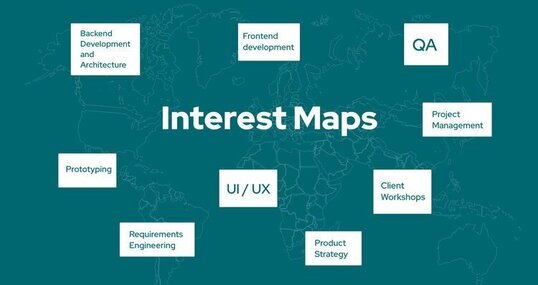
7 Positive effects of visualizing the interests of your team

How to gather data from Miro

Designing and Running a Workshop series: An outline

Designing and Running a Workshop series: The board

Using a Skill/Will matrix for personal career development

Introduction to Functional Programming in F# – Part 6

Introduction to Functional Programming in F# – Part 7

Using NLP libraries for post-processing

Introduction to Functional Programming in F# – Part 5

State of Fast Feedback in Data Science Projects

Part 2: Detecting Truck Parking Lots on Satellite Images

Part 1: Detecting Truck Parking Lots on Satellite Images

The Intersection of AI and Voice Manipulation

Part 4: Save Time and Analyze the Database File

Part 3: How to Analyze a Database File with GPT-3.5

Introduction to Functional Programming in F# – Part 4

LLM Performance Series: Batching

Machine Learning Pipelines

Revolutionizing the Logistics Industry

Event Sourcing with Apache Kafka

Boosting speed of scikit-learn regression algorithms

Introduction to Functional Programming in F# – Part 2

Introduction to Functional Programming in F# – Part 3

Celebrating achievements

Introduction to Web Programming in F# with Giraffe – Part 1

Inbox helps to clear the mind

Introduction to Functional Programming in F# – Part 10

Process Pipelines

Introduction to Functional Programming in F# – Part 11

Introduction to Functional Programming in F# – Part 12

They promised it would be the next big thing!

Understanding F# Type Aliases

Open-sourcing 4 solutions from the Enterprise RAG Challenge

Isolating legacy code with ArchUnit tests

Understanding F# applicatives and custom operators
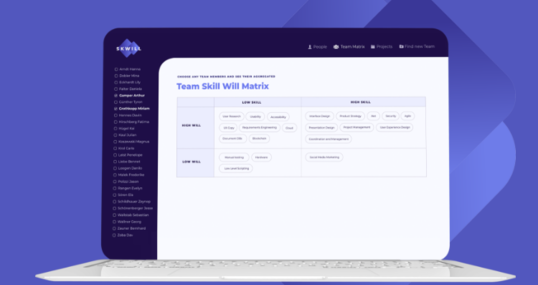
From the idea to the product: The genesis of Skwill

Introduction to Web Programming in F# with Giraffe – Part 3

Learn & Share video Obsidian
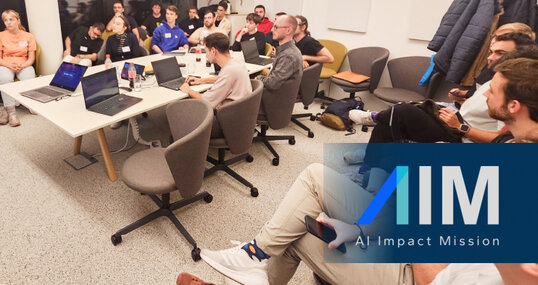
AIM Hackathon 2024: Sustainability Meets LLMs
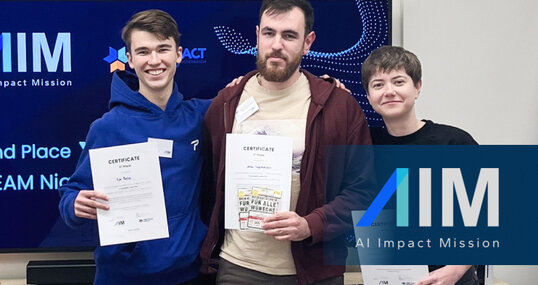
Second Place - AIM Hackathon 2024: Trustpilot for ESG
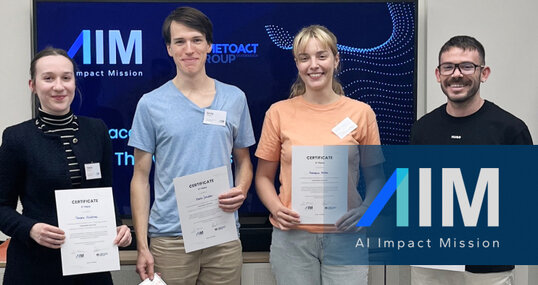
Third Place - AIM Hackathon 2024: The Venturers

Creating solutions and projects in VS code

Using Discriminated Union Labelled Fields

Ways of Creating Single Case Discriminated Unions in F#

Business Intelligence

IBM Cloud Pak for Data – Test-Drive

AI Workshops for Companies

Digital Maturity

Advanced Admin Trial
